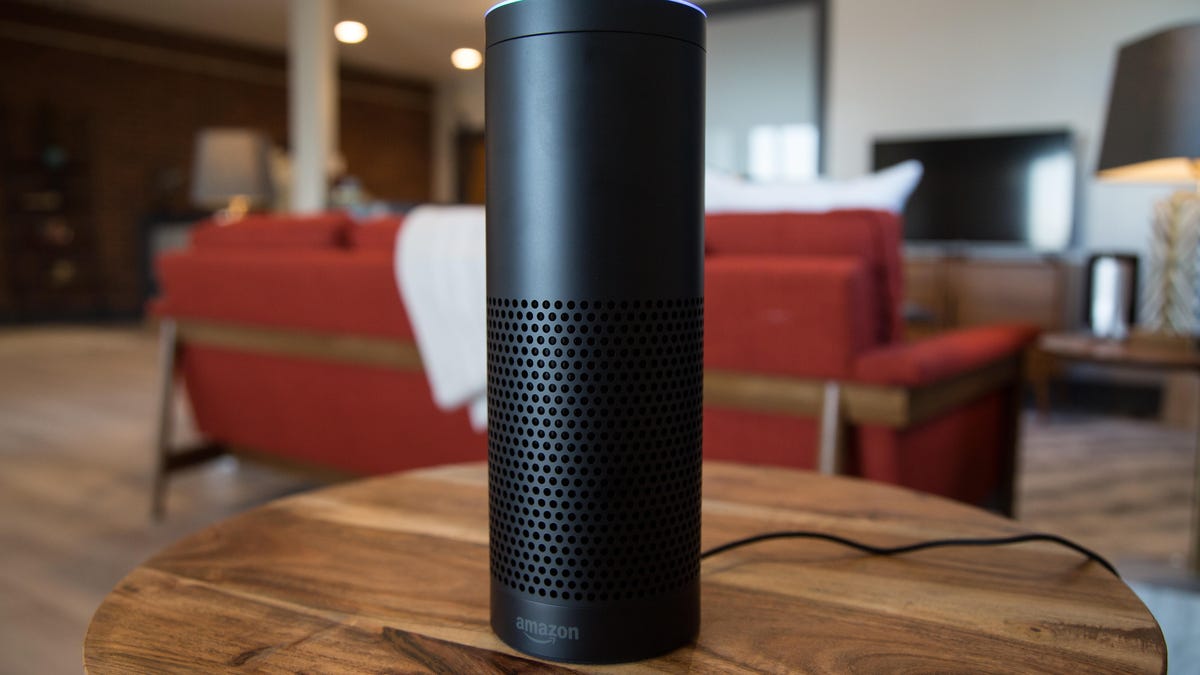 Why You Can Trust CNET
Why You Can Trust CNET How to get better weather forecasts on your Alexa speaker
Alexa's built-in weather forecasts is suitable for some users. But if you want more in-depth information, you'll need to use this skill.

A feature of Alexa I use almost every day is the weather forecast. It's a prominent feature that's baked into your Flash Briefing and you can ask for things like tomorrow's weather, the weekend forecast or for weather anywhere in the world.
However, Alexa's built-in weather just isn't in-depth enough for some. If you want more accurate precipitation information or when the highs and lows will occur, you'll need the help of a third-party skill called Big Sky.
Big Sky uses the Dark Sky API to provide hyperlocal forecasts. Dark Sky, for those not familiar with it, is a weather app for Android and iOS that gives you accurate weather information down to a specific address. It will tell you exactly when rain will start and stop at your location and, in my experience, the accuracy is sort of creepy.
To enable the Big Sky skill:
- Open the Alexa app on Android or iOS, or go to alexa.amazon.com.
- In the left menu, go to Skills.
- Search for Big Sky.
- Click Enable Skill.
- To create a Big Sky account, click Create One at the bottom of the page.
- Enter a username and password, then enter them once more to login.
- Once logged in, enter the address for which you want to use for weather forecasts.
- Choose whether you want basic or detailed forecast information.
- Select Fahrenheit or Celsius and click Submit to finish.
Now to call up Big Sky, say, "Alexa, open Big Sky." This will automatically give you the forecast for the provided address. If you chose detailed information, the forecast will provide the chance of precipitation and approximately when it will start, the relative humidity, the high and low temperatures as well as when they will occur and wind direction.
Here are some other examples of what you can ask Big Sky:
- "Alexa, ask Big Sky for the weather in three hours."
- "Alexa, ask Big Sky will it rain in the next six hours?"
- "Alexa, ask Big Sky for the humidity at 7 p.m."
- "Alexa, ask Big Sky if it will rain tomorrow before noon."
- "Alexa, ask Big Sky what will the wind speed be in four hours?"
- "Alexa, ask Big Sky what's the high temperature in the next seven days?"
- "Alexa, ask Big Sky when is sunrise on Thursday?"
- "Alexa, ask Big Sky what's the weather in New York City?"
- "Alexa, ask Big Sky about the weather this weekend."
The amount of additional information Big Sky gives you is impressive. When I asked Alexa if it will rain today, the response was: "It might rain in Concord today. There's a 41 percent chance." When I asked Big Sky, it responded with: "Likely not. The overall chance of rain on Monday, July 17, is 8 percent. If it does rain today, it's likely that the heaviest rain today has already fallen at 12:00am."
When I asked "Alexa, what's the humidity?," I was told the current conditions and a short forecast -- no mention of humidity. When asking Big Sky the same thing, the response was: "This hour the relative humidity is 50 percent with the wind out of the south-southeast at 3.7 miles per hour."
If at any point you want to change your Big Sky updates from detailed to basic or Fahrenheit to Celsius, just say, "Alexa, ask Big Sky to update my options."

